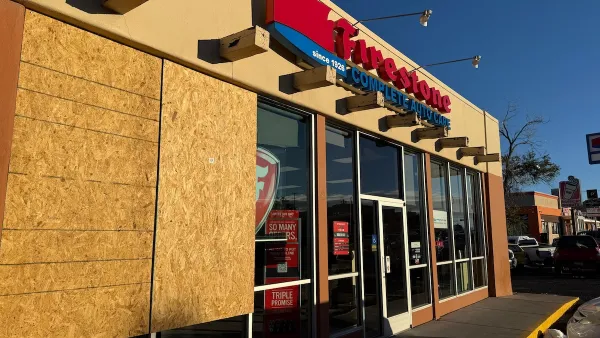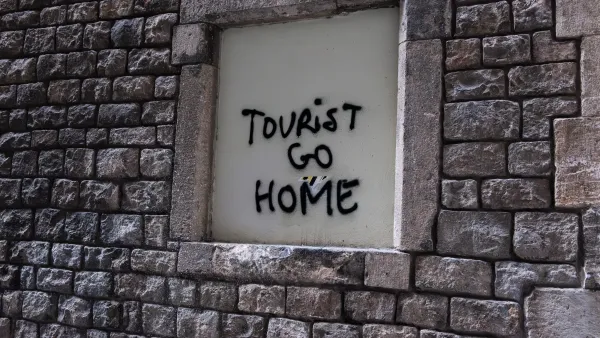Lauren Gravitz explores the importance of demonstrating the economic viability of cultural tourism to safeguarding historic sites in Peru and Bolivia.
Communities like Peru's San José de Moro are becoming energized about preserving their cultural heritage sites, but not for the reasons you may think. The non-profit Sustainable Preservation Initiative is working with local communities, such as those leaving near the cemetery and ceremonial center of the ancient Moche in San José de Moro, by giving small grants and guidance in recognizing the value of preserving sites for cultural tourism.
"The $48,000 grant paid for 20 people from San José de Moro to build a visitor's center and artisan's workshop, and to train a dozen more to work long-term as artisans at the site," reports Gravitz. And since its opening to tourists over a year ago, the popularity of the site and its artisanal products have exceeded expectations.
Larry Coben, SPI's founder and CEO says, "all the paradigms of preservation made no sense to me, the idea of teaching people how important their heritage is and they'll take care of it. If there's no economic incentive, why shouldn't they instead use the land for looting or growing crops or taking stones to build houses?"
The SBI economic model for historic preservation has found success at several sites in the developing world, reports Gravitz. "It changed attitudes in the community dramatically. Suddenly, preserving the land was economically viable, and they had a return on investment. That was the genesis for me," states Coben. Coben is expanding his work to a historic site in Jordan.
FULL STORY: Preserving Archaeological Sites By Making Them Profitable

National Parks Layoffs Will Cause Communities to Lose Billions
Thousands of essential park workers were laid off this week, just before the busy spring break season.

Retro-silient?: America’s First “Eco-burb,” The Woodlands Turns 50
A master-planned community north of Houston offers lessons on green infrastructure and resilient design, but falls short of its founder’s lofty affordability and walkability goals.

Delivering for America Plan Will Downgrade Mail Service in at Least 49.5 Percent of Zip Codes
Republican and Democrat lawmakers criticize the plan for its disproportionate negative impact on rural communities.

Test News Post 1
This is a summary

Test News Headline 46
Test for the image on the front page.

Balancing Bombs and Butterflies: How the National Guard Protects a Rare Species
The National Guard at Fort Indiantown Gap uses GIS technology and land management strategies to balance military training with conservation efforts, ensuring the survival of the rare eastern regal fritillary butterfly.
Urban Design for Planners 1: Software Tools
This six-course series explores essential urban design concepts using open source software and equips planners with the tools they need to participate fully in the urban design process.
Planning for Universal Design
Learn the tools for implementing Universal Design in planning regulations.
EMC Planning Group, Inc.
Planetizen
Planetizen
Mpact (formerly Rail~Volution)
Great Falls Development Authority, Inc.
HUDs Office of Policy Development and Research
NYU Wagner Graduate School of Public Service





























